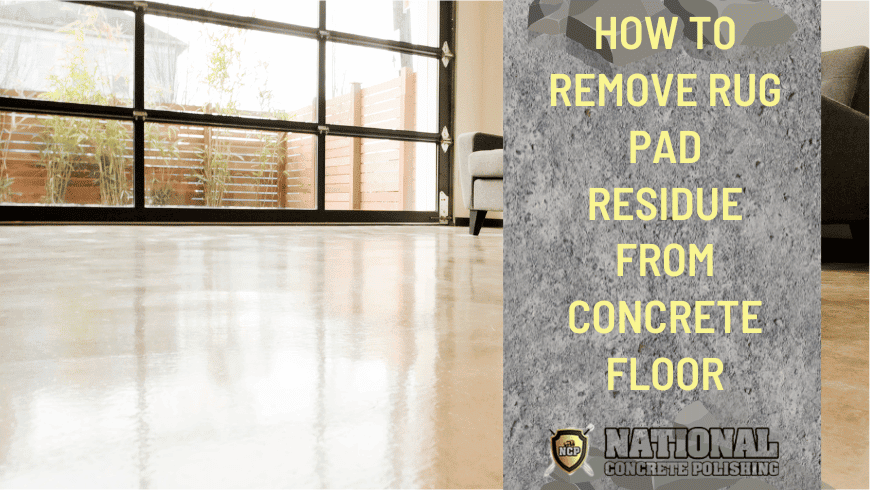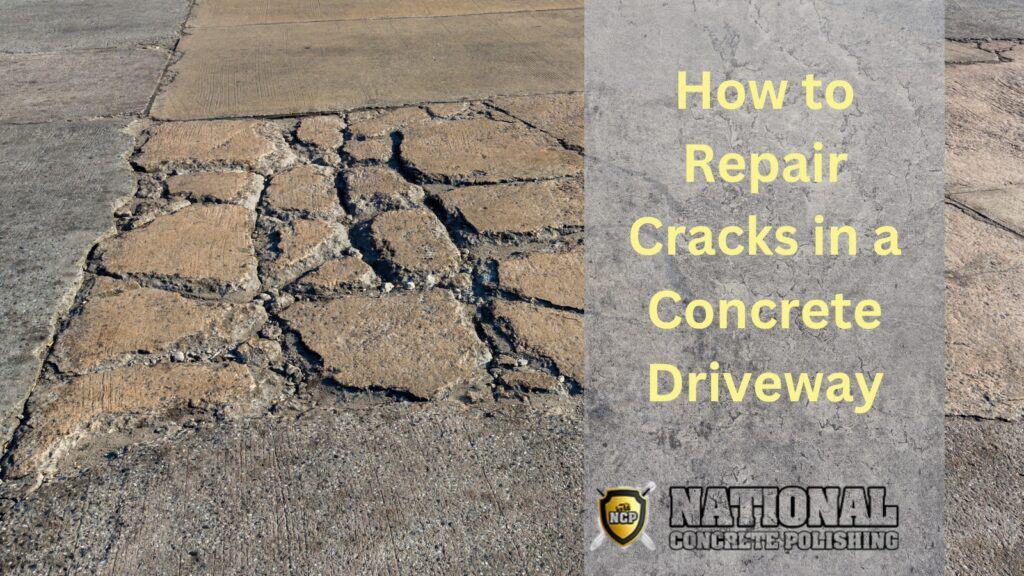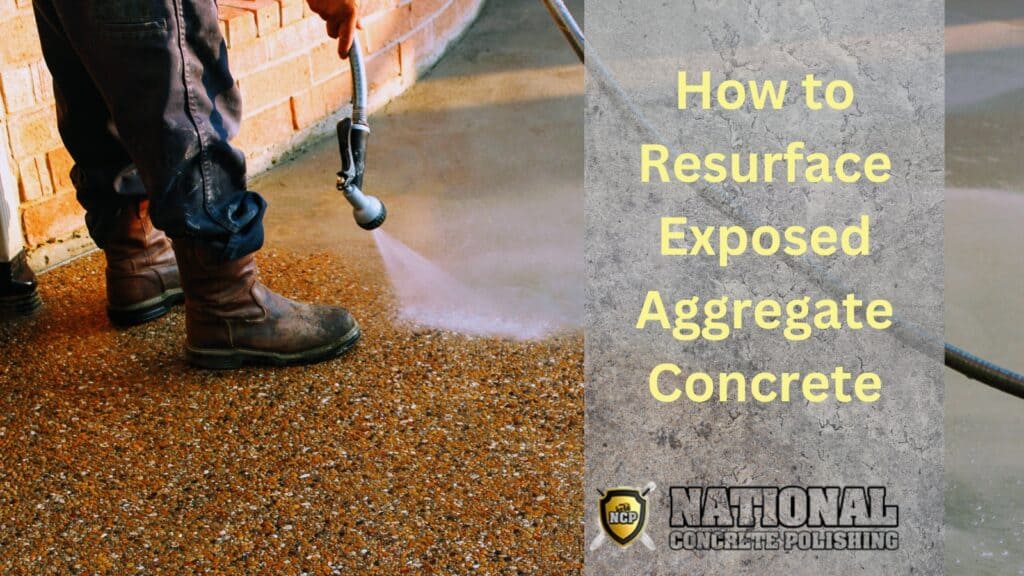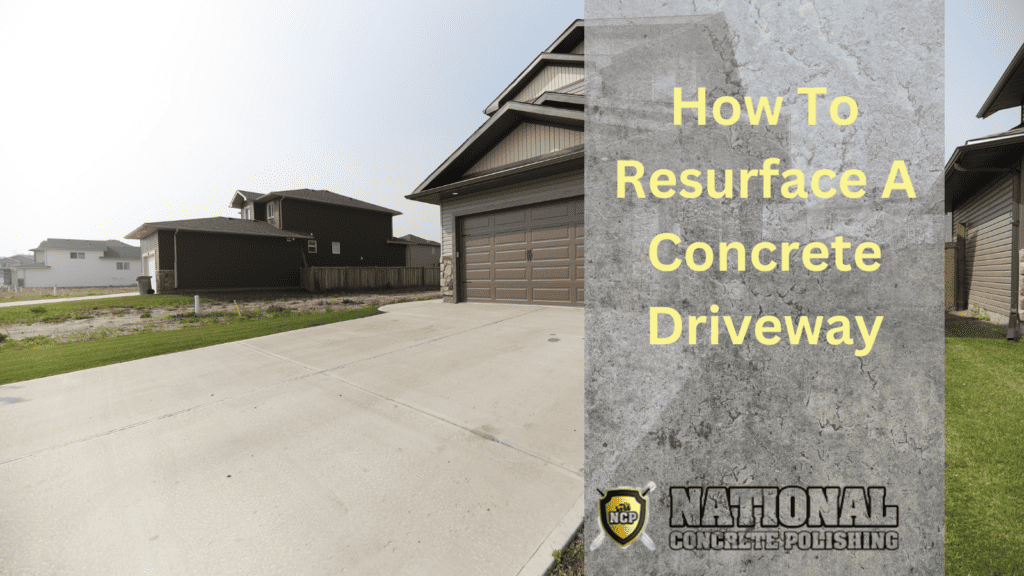One often overlooked aspect of maintaining clean and pristine concrete floors is the removal of rug pad residue. If unaddressed, rug pad residue can lead to discoloration and even permanent staining of the concrete floor. This is especially true if the residue contains chemicals or dyes that can react with the concrete surface over time. So, how do you remove rug pad residue from concrete floor?
To restore the cleanliness and beauty of your concrete floor, you should approach the process of removing rug pad residue with care and effectiveness. By following a few simple steps, you can successfully eliminate the residue and rejuvenate your concrete floor, ensuring a clean and inviting environment for your home or workplace.
What is Rug Pad Residue?
Rug pad residue refers to the sticky or adhesive substance that remains on concrete floors after removing a rug or rug pad. It is typically a result of the materials used in the rug pad, such as rubber, latex, or foam, which contain adhesive properties.
Over time, these materials can break down or transfer onto the concrete surface, leaving behind a residue. Factors such as heat, humidity, and prolonged use of the rug pad contribute to the formation of this residue. It adheres to the concrete floor, attracting dust, dirt, and other particles, which can make the floor appear dirty and affect its overall condition.
Rug pads are available in various materials, each with different adhesive properties. The most common types include rubber, latex, and foam. Rubber rug pads often use natural or synthetic rubber, which provides good grip and stability. However, some rubber pads may contain additives or adhesives that can lead to residue formation.
The presence of rug pad residue can have a significant impact on the appearance and functionality of a concrete floor. The residue not only makes the floor look dirty and unattractive but also attracts more dust and dirt particles, exacerbating the problem. Over time, the residue can discolor the concrete surface, leaving unsightly stains that are difficult to remove.
Also, the adhesive nature of the residue can create an uneven surface, affecting the smoothness of the floor and potentially causing tripping hazards. It can also interfere with the adhesion of new rugs or floor coverings, leading to a compromised grip and stability. Therefore, it is essential to remove rug pad residue from concrete floors to maintain their visual appeal and ensure their optimal functionality.
How to Prepare for Rug Pad Residue Removal
To remove rug pad residue from concrete floor, you should consider safety precautions like wearing gloves to protect your hands from any cleaning agents, using goggles or protective eyewear to shield your eyes, and working in a well-ventilated area to avoid inhaling fumes.
As for the tools and materials, you will need:
- A stiff brush or broom to loosen and remove loose residue.
- A vacuum cleaner with a brush attachment to effectively collect loose particles.
- Cleaning agents like mild detergent, vinegar, or specialized residue removers. Choose a cleaning agent suitable for your specific type of rug pad residue and safe for use on concrete floors.
- Scrub brush or sponge for scrubbing the affected area.
- Clean water and a bucket to rinse the floor.
- Soft, absorbent towels or mop for drying the floor after cleaning.
Before starting the residue removal process, it is essential to clear the area of any furniture, rugs, or objects that may hinder your access to the floor. This creates a clear workspace and allows for thorough cleaning.
Step-by-Step Guide: How to Remove Rug Pad Residue From Concrete Floor
Here’s a systematic approach you can use to remove rug pad residue from a concrete floor to ensure effective and thorough cleaning.
Step 1: Dry Removal Methods
- Begin by using a stiff brush or broom to loosen and sweep away loose residue from the concrete floor. This helps dislodge the initial layer of residue and prepares the surface for further cleaning.
- Next, use a vacuum cleaner with a brush attachment to thoroughly remove any remaining loose particles. Move the vacuum over the entire affected area, ensuring that all loose residue is effectively collected.
Step 2: Wet Cleaning Methods
- Select a suitable cleaning agent based on the type of rug pad residue you are dealing with. Consider using mild detergent, vinegar, or specialized residue removers. Ensure that the chosen cleaning agent is safe for use on concrete floors.
- It’s necessary to follow the dilution instructions provided by the cleaning agent. Mix the solution in a bucket or spray bottle according to the recommended ratios. Diluting the cleaning agent helps prevent any potential damage to the concrete surface.
- Apply the cleaning solution to the affected area using a scrub brush or sponge. Work in small sections, applying the solution evenly and allowing it to penetrate the residue. Use gentle circular motions to scrub the area, breaking down and lifting the residue.
- After thorough scrubbing, rinse the floor with clean water to remove any residual cleaning solution or residue. Use a mop, sponge, or clean cloth to ensure complete removal. Rinse multiple times if necessary to achieve a residue-free surface.
Step 3: Drying and Inspecting the Concrete Floor
- Properly dry the concrete floor to avoid any moisture-related issues. Use soft, absorbent towels or a mop to remove excess moisture from the surface. Allow sufficient time for the floor to air dry completely.
- Once the floor is dry, conduct a visual inspection of the entire area. Look for any remaining residue or signs of damage. If residue or damage is still present, consider repeating the cleaning process or explore additional cleaning or refinishing steps appropriate for your specific situation.
These steps may also come in handy for the effective removal of oil stains or nail polish
from concrete. Remember to exercise caution, test cleaning agents on a small area, and take the necessary precautions to protect yourself and the surrounding surfaces. With patience, you can restore the cleanliness and beauty of your concrete floor.
How to Prevent Rug Pad Residue on Concrete Floors
The following are guidelines that will enable you to minimize the chances of rug pad residue forming on your concrete floor.
1. Choose non-adhesive rug pads
Look for rug pads that are specifically labeled as non-adhesive or non-slip. These types of rug pads are designed to provide grip and stability without relying on adhesive materials that can leave residue on the floor.
2. Opt for natural materials
Consider rug pads made from natural materials such as felt or rubber. These materials are less likely to contain adhesive substances that can transfer onto the concrete floor.
3. Avoid sticky or adhesive-backed rug pads
Steer clear of rug pads that have a sticky surface or adhesive backing. These types of rug pads are more prone to leaving residue on the floor, especially in warmer conditions where the adhesive properties may be amplified.
4. Clean regularly
Clean your concrete floor and rug pads regularly to prevent the accumulation of dirt, debris, and other particles that can contribute to residue buildup. Vacuum or sweep the area regularly to remove loose dirt and particles.
5. Follow the manufacturer’s instructions
Pay attention to any care instructions provided by the rug pad manufacturer. Some rug pads may have specific cleaning recommendations to ensure their longevity and prevent residue formation.
6. Use appropriate cleaning methods
When cleaning your rug and rug pad, use methods and cleaning agents that are suitable for the specific materials. Avoid using excessive moisture or harsh chemicals that can break down adhesives or leave behind residue.
7. Place rugs or floor mats
Consider using area rugs or floor mats in high-traffic areas or under furniture to provide an additional layer of protection for your concrete floor. These rugs or mats can help prevent direct contact between the rug pad and the floor, reducing the chances of residue formation.
8. Check rug pads periodically
Regularly inspect your rug pads for any signs of wear, damage, or adhesive deterioration. If you notice any issues, replace the rug pad promptly to prevent further problems.
Final Thoughts
Removing rug pad residue from concrete floors is important to maintain their cleanliness, appearance, and longevity. Residue buildup can not only make the floor look dirty and unattractive but also create a sticky surface that collects dirt and debris over time.
The step-by-step process for effective residue removal includes brushing, vacuuming, selecting suitable cleaning agents, scrubbing, and rinsing. Proper drying and inspection of the floor can also ensure thorough cleaning.
Share This Post




